“The future enters into us long before it happens.”
— Rainer Maria Rilke
Last week, I had the chance to speak to a 7th grade class in West Hartford, Connecticut, from the comfort of my apartment in Montevideo, Uruguay—all through the power of Google Hangouts and a non-profit organization called DreamWakers.
DreamWakers was co-founded by a friend of mine from college, Monica Logothetis, and uses free video technologies to bring speakers into public school classrooms across the U.S., especially those in lower-income areas. Their vision is to help broaden students’ perspectives and connect them with professionals who might not normally have the opportunity to visit their school.
This was my second time connecting with a classroom through DreamWakers. The first was this spring, when I got to “meet” a 5th grade art class in Tupelo, Mississippi, while I was staying on Norway’s Lofoten Islands. The fact that I could be physically above the Arctic Circle, while virtually and emotionally present in a school on the other side of the world, was pretty extraordinary to me.
So when DreamWakers recently asked if I would like to connect with another class, I didn’t hesitate to say yes.
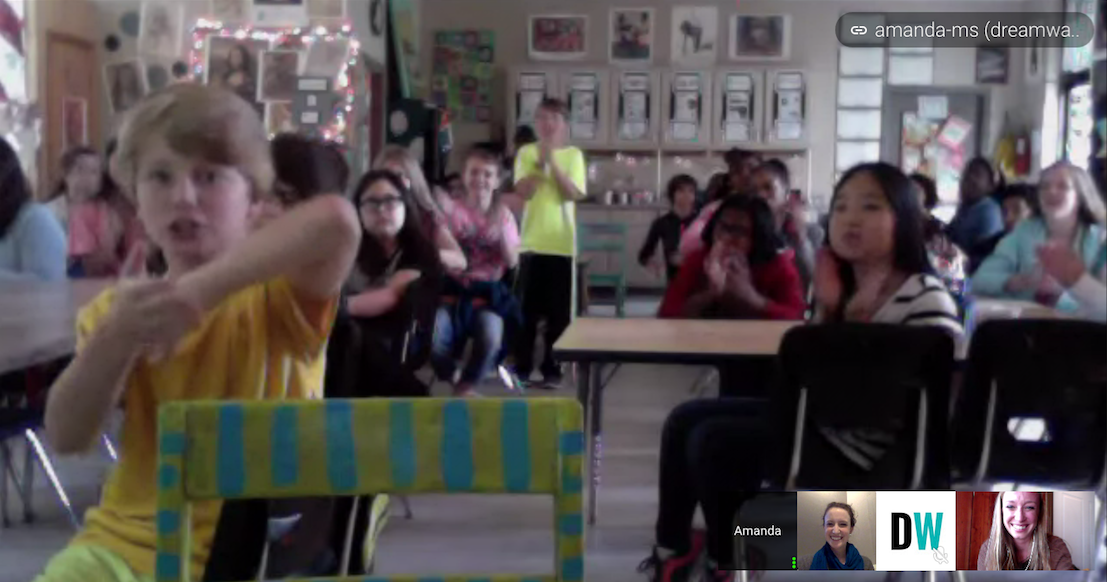
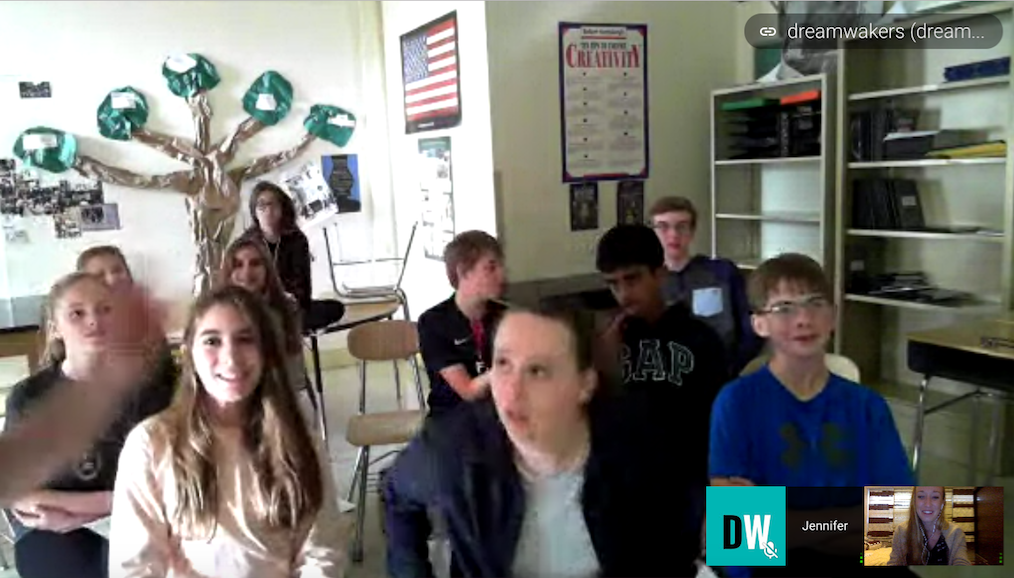
Many of the questions I was asked last week were similar to those from my first session with DreamWakers—Did you always want to be a writer and artist? Why do you prefer watercolors as your primary medium for travel sketching?—but there was also a new question. It arrived in an email from the class’s teacher, Ms. Hunt, after our conversation, since we’d sadly run out of time:
“What would you like your legacy to be?”
There isn’t much I love more than being asked a question I don’t have an immediate answer for—the kind of question that makes you pause and dig deep for the truth. This was such a question.
I began my reply to Ms. Hunt, paused, dug a little deep, paused again, dug even deeper, and then felt the idea for this post come to me; realizing that perhaps what I was writing was not only an email, but also—in the style of one of my favorite writers, Rainer Maria Rilke, and his beloved book, Letters to a Young Poet—a letter to a young artist.
What follows below, then, are four brief lessons I feel I’ve learned since my own time as a young artist—but no matter where you are in life and no matter your profession, I hope this letter might resonate with you, too.
Lesson #1: Look at what you love to do now—and keep doing it.
I love to think that the interests and hobbies we have when we’re young often hint at who we’ll become later in life—that they’re like clues or even bread crumbs we’ll keep following as we explore potential paths and professions.
I was homeschooled from 6th to 9th grade, and whenever I wasn’t doing school work, I was creating something. I wrote short stories and countless first chapters for novels I never finished, ritually mailing them off to my best friend Jennifer in Iowa (who has kept them all to this day). I founded magazines—The Original, Cedar Creek Chronicles (named after our street, of course)—and delighted in wearing the hats of Editor-in-Chief, Art Director, and Publisher at once. And I kept art journals and took watercolor lessons for two years, filling the walls of my family’s home with paintings of roses, bookshelves, a bowl of grapes.
As I’ve crafted a creative profession for myself over the last six years, it’s been remarkable to see so many of my childhood interests return—I now write and draw every day for a living, and while I’ve yet to found any new magazines, I’ve contributed articles to many and have put my editor’s hat back on for a couple more. I find it especially intriguing that in the art journal I kept when I was 14, there’s something that could even be considered my first ever travel sketch.
Beneath an entry dated January 29, 2001, is a drawing I did with my cherished set of Prismacolor colored pencils, using a photograph from a 1959 issue of National Geographic as reference:
When I re-discovered this journal entry in 2013, I was astonished to read the line: “I want to try and expand my artistic horizons further.” Because exactly ten years later to the day—on January 29, 2011—I had sat along the Duoro River in Porto, Portugal, with a brand-new sketchbook and set of Prismacolor watercolor pencils before me, and did my first travel sketch as an adult.
Reading that entry now, it’s all I can do not to go back in time, track down my 14-year-old self on Cedar Creek Lane, and say: I’m so glad you tried. Because you did—your artistic horizons did expand, even if it took some time to get there.
But you know what? I still have one big regret.
Shortly after I did that drawing at 14, I finished my last year of homeschooling, entered a traditional high school, and stopped keeping an art journal. Although I occasionally brushed the dust off my colored pencils, I didn’t take a single art class in high school or college. Exactly ten years would go by until art became a regular part of my life again.
And so here’s the first lesson I want to share with you—if there’s something you love doing today, please keep doing it. Keep practicing, taking classes, and making room in your life for the things you love.
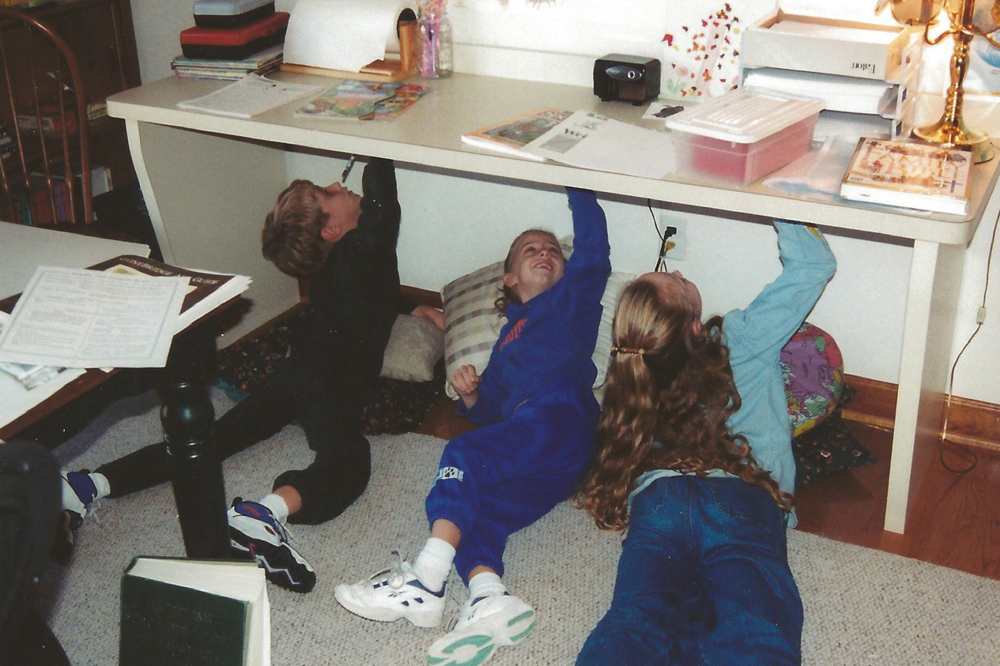
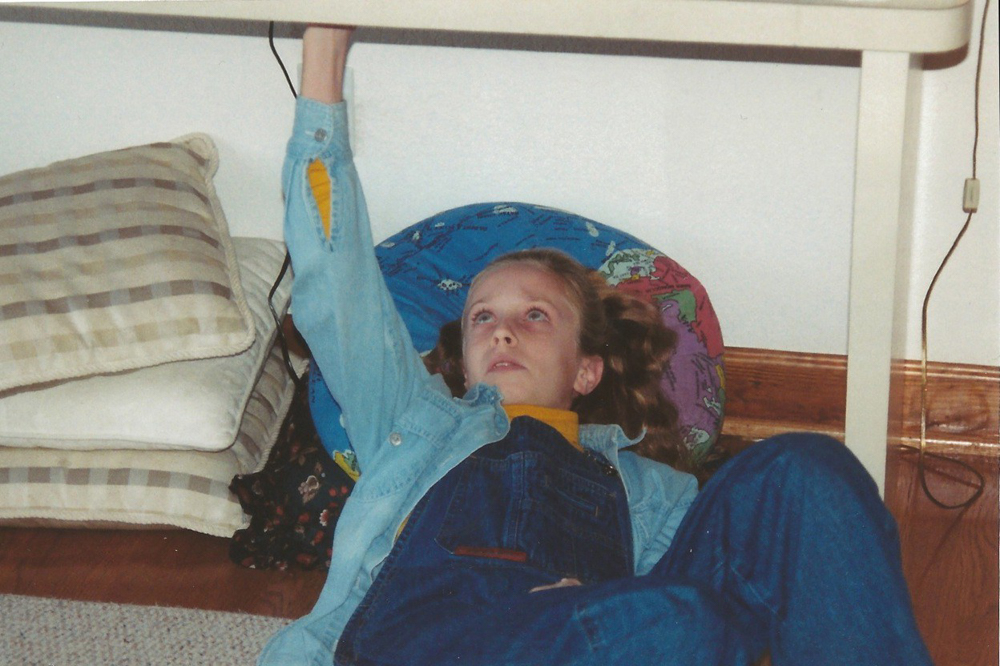
* * *
Lesson #2: Your passions can become your profession.
Just as I regret not making art for ten years, I regret that I didn’t spend more time in high school and college developing the creative passions I had then—especially my love for art. I also regret that I didn’t do more investigating at the time, learning about all the different possibilities of building a profession from your passion for art.
I wish I’d known sooner just how many ways there are to support yourself as an artist—by teaching workshops, creating online courses, publishing books, making products from your art, opening an Etsy shop…and the list goes on and on. I love looking at the working artists I admire most today—especially women artists such as Lisa Congdon, Wendy MacNaughton, Jennifer Orkin Lewis, Chandler O’Leary, and Ella Frances Sanders—and studying the many ways they make a living from their art. As Emily Dickinson put it so perfectly, “Dwell in possibility.”
Keep making art, because you never know how it could be part of your profession one day—and when it is, you’ll be ready.
* * *
Lesson #3: Try not to let pressure outweigh your passions.
I will never forget the tremendous pressure I felt to do well as a student. It began right about the time I stopped homeschooling and returned to a traditional high school setting, and it continued until the day I graduated from college seven years later.
This pressure didn’t come from my parents or professors. It came purely from within—a very deep and real need to do well and be “successful” in the way society often defines it: by getting good grades and test scores; getting into a good college; choosing a good major; getting a good job after graduation. And these were all decisions I started to think about from the time I was 14 years old.
But there’s something I’ve discovered since graduating from college—that all the time I spent trying to live up to society’s definition of good life decisions, sometimes kept me from pursuing what was actually best for me. All of the decisions we make as students are important, but I now wish I hadn’t let the pressure weigh on me as much it did. And I especially wish I’d known that you can make the most of whatever college you go to and whatever major you study.
Dear young artist, please let your passions help define the path you choose in life, as much as any pressure you might feel to do well. And always be sure that you’re following your own definition of success.
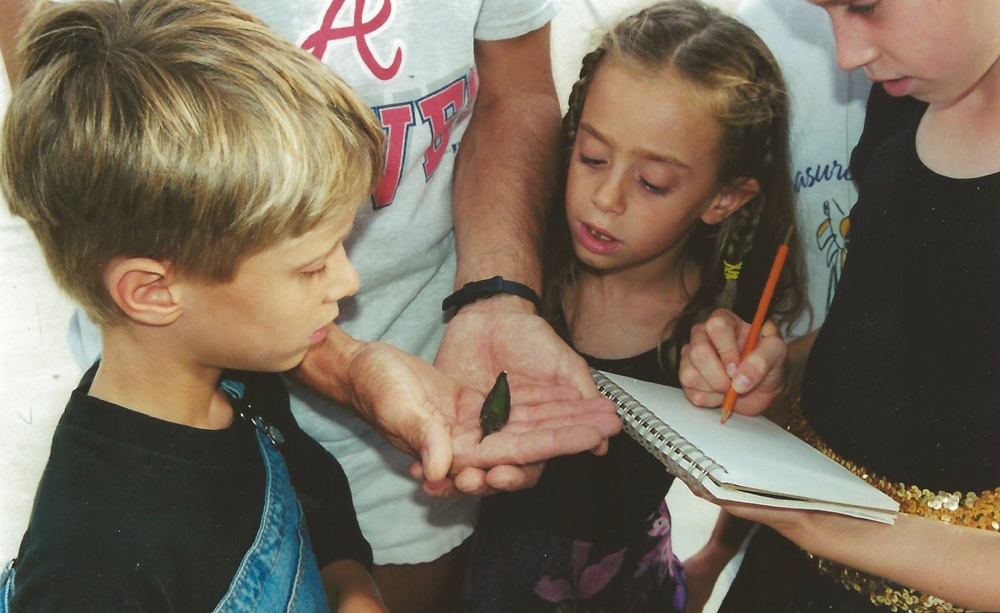
* * *
Lesson #4: Love will be your legacy.
…which brings us to Ms. Hunt’s final question to me last week:
“What would you like your legacy to be?”
There’s been a bit of a theme unfolding in this post, hasn’t there? Keep doing what you love, follow your passions… so it probably won’t come as too much of a surprise that my answer to her question—and this post’s final lesson—also has to do with love.
I can remember the first time I heard this advice in relation to a profession—at the Book Passage Travel Writers & Photographers Conference in 2013. I was sitting in a panel session about freelancing, when one of the faculty members—award-winning food and travel photographer Andrea Johnson—said: “When you do what you love, people will pay attention.”
I remember one of my friends turning to me then and whispering, “Do you really think that’s true?”
And I can still remember whispering back to her: “Yes. Absolutely.”
At that point, I’d been pursuing travel writing as a profession for just about three years. And as it often happens when you’re getting started in a new field, I’d tried a little bit of everything—I’d written articles for print magazines and websites; published posts on my own blog, both of a more personal nature and in the form of “Top 10” lists; interned for a guidebook company; helped edit other guidebook projects; written luxury hotel reviews; and gone on a few short press trips.
I believe this season of experimentation and expansion is an important one—that it’s instrumental in helping us figure out what we love to do. But I also believe that after we start to figure that out (and the equally important question of what we don’t love to do), there comes another season—a sea change, a shift—of narrowing our focus.
I made such a shift at the start of 2013 (and wrote more in-depth about it here). I decided to start focusing on the things that made me come alive as a writer and artist—on the stories and projects that brought me true joy. I realized that I much preferred writing personal essays instead of lists on my blog; that the meticulous fact-checking required by guidebook projects and reviews wasn’t for me; and that I felt far more at home on my own in the world, than as a part of group press trips. It was time to draw in the net and begin doing more of what I loved most—and that especially included sketching.
I felt a new sense of clarity and purpose the moment I made this shift. I started sketching more and sharing my sketches online; I focused on more personal stories on my blog, and felt a real connection with readers for the first time; and just six months later, I received an email from the travel editor of The New York Times, asking to interview me for an article about travel blogging.
The article highlighted four niche travel bloggers, and it was an incredible honor to see myself included as “The Sketch Artist”:
It was for this reason that, just one month after the article came out in 2013, I was able to turn to my friend at the conference and say, yes—when you share what you love with the world, I do believe this can help your work find a broader audience.
I went through the same two seasons of experimentation and focus once I began working as an illustrator as well, trying out a little bit of everything before narrowing in on the kinds of projects that felt like the best fit for me. Now, as both a writer and artist, I continue to pay attention to the projects I love working on—the ones I can’t help thinking about even in the shower or at the dinner table—and I pay equal attention to the ones I’m less enthusiastic about.
This isn’t only for selfish reasons, in that it’s simply more fun to work on the things we enjoy. It’s precisely because I believe the presence of this joy in our work is what will help us have lasting impact in the world; and that what we share will matter. As an artist, I believe that if we create from a place of joy and aliveness, then that joy will be inescapably visible in the finished product. And as Australian author Joanne Fedler said about writing, “When an author is joyous in his telling, it pulses through the words.”
Love is now my litmus test, and I hope it will also be my legacy; that everything I share with the world—be it a story, sketch, blog post, or book—will bear fingerprints of the joy I felt while creating it.
I hope, too, that love will be your legacy.
I hope that you will find ways to keep creating the art you love, no matter how busy or pressured life may get.
And when you hear the passions and interests you have now whispering at who you might become in the future, I hope you will listen—for in my own humble experience, they’re often right.
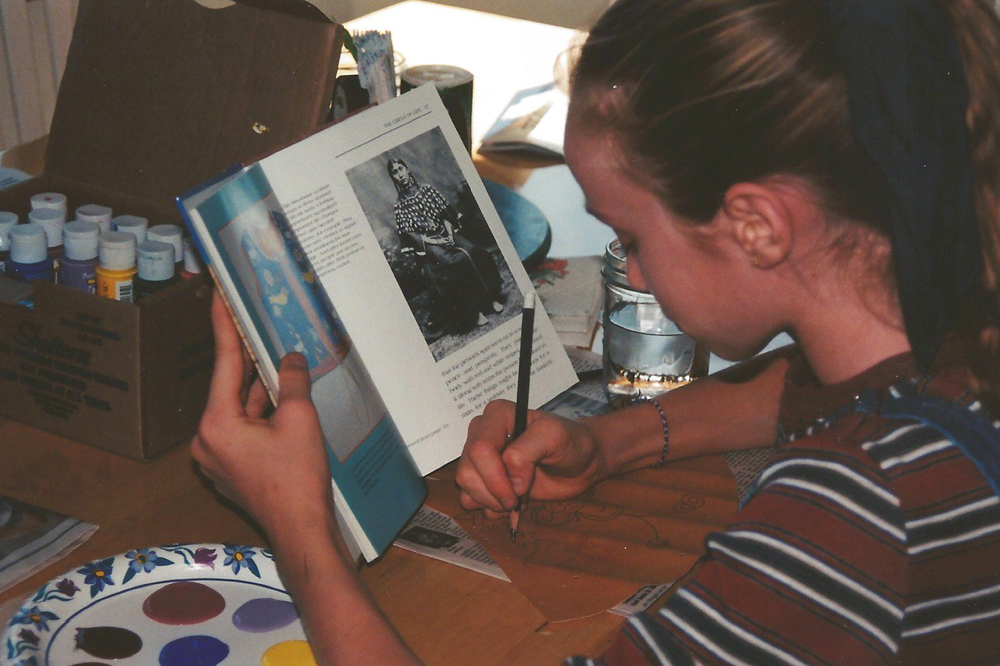
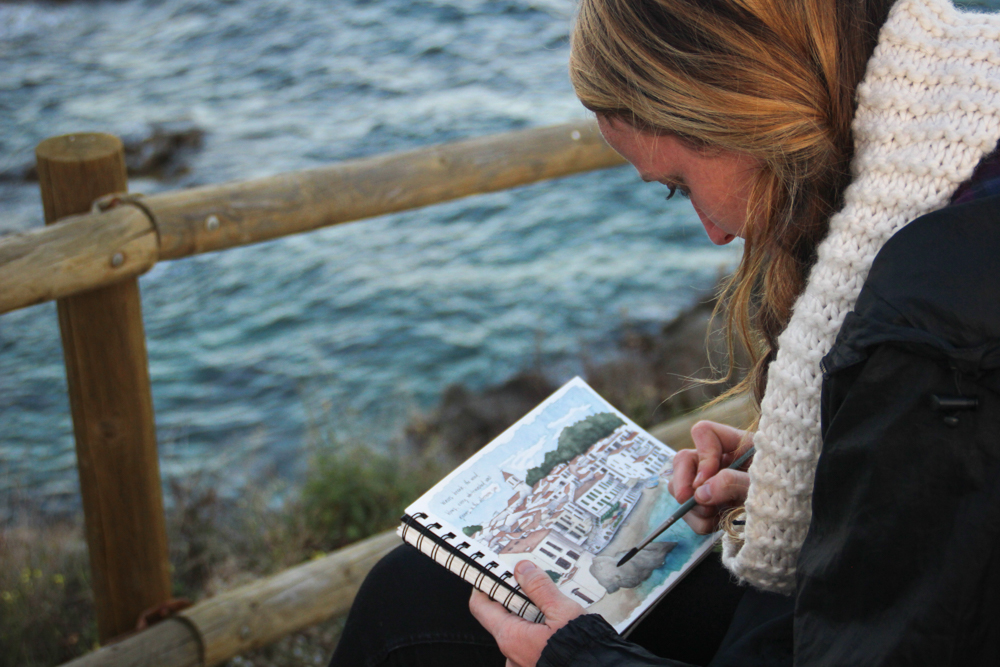
* * *

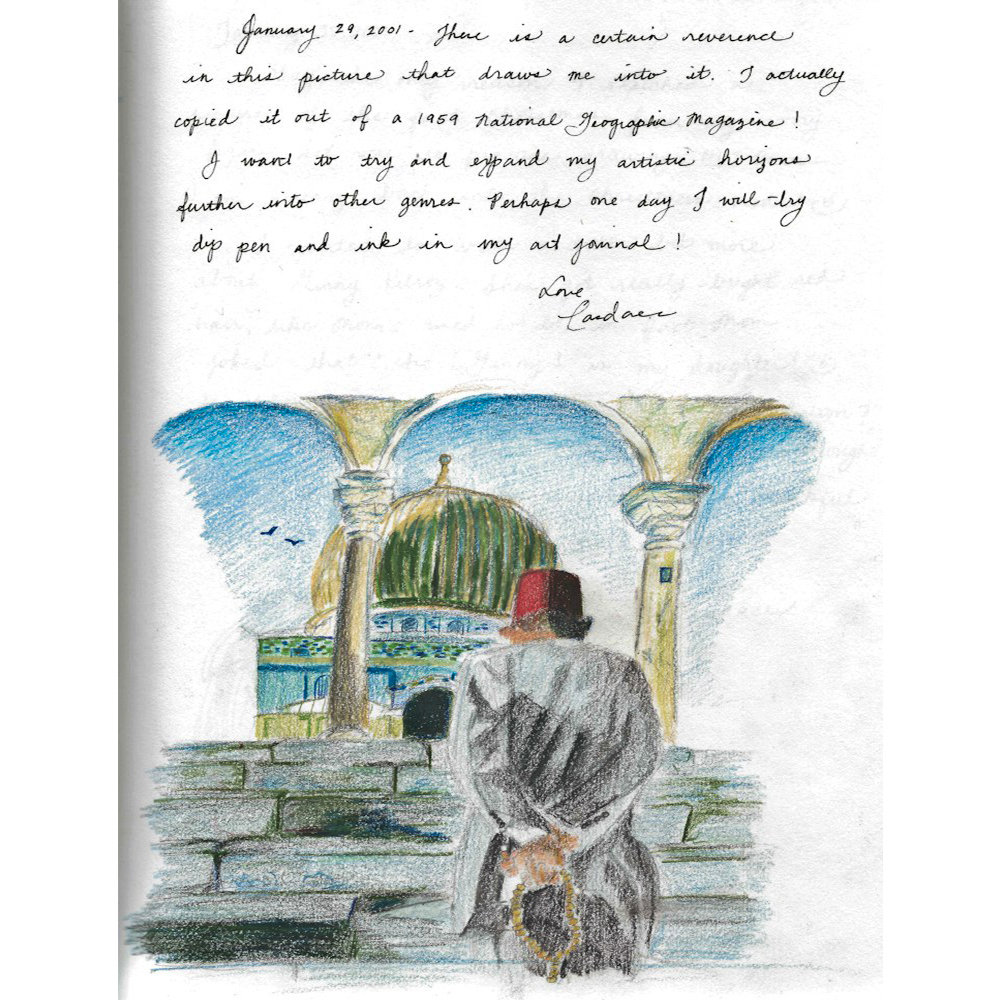
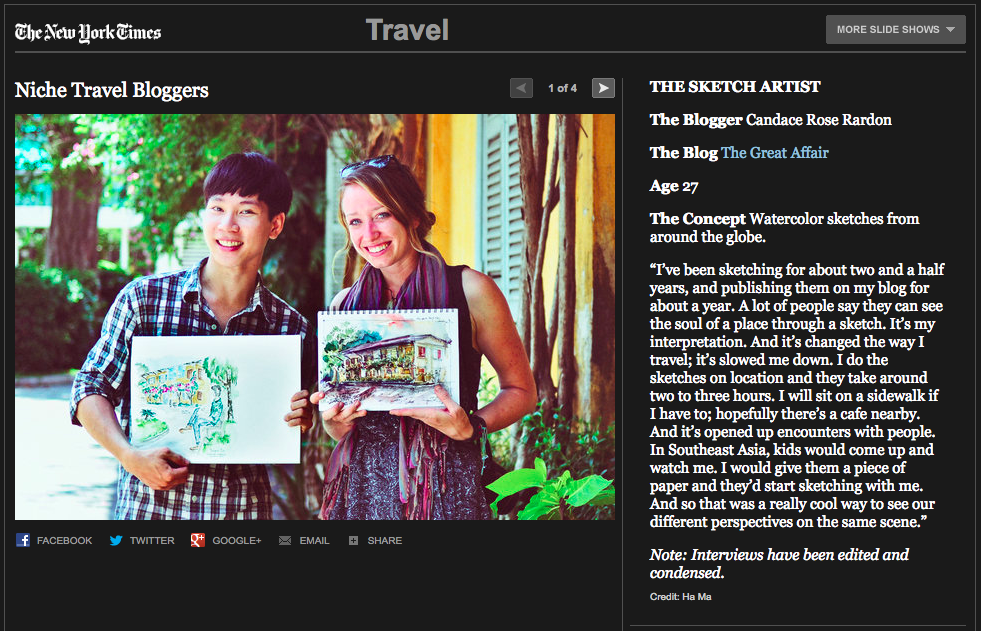

This is such an incredible post, Candace. Your passion is electric and alive – I think anyone can feel it when they meet and/or talk with you. It makes me happy to know you’re sharing your insight with young people the world over.
JoAnna, I can’t thank you enough for your kind words here—they mean a great deal to me. I’ve loved following along your new adventure so far, and can’t wait to keep experiencing the Ukraine through your eyes and words 🙂
What a treat for all those youngsters to be able to interact with you……and a treat, no doubt, for you as well. A great win-win! Hope you get more such amazing opportunities to spread your wisdoms and joys and inspirations….and be asked questions that make you dig deep. Loved seeing those pictures, too, alongside your story. You are creating a wonderful life, Candace, and in doing so giving much to those who get to hear and see you and your work even from afar.
It is such a joy to hear from you here, Nancy—thank you so much for taking the time to read this and say hello! And yes—there is truly no better way to describe my conversations with DreamWakers than as a win-win, for I’ve walked away both times now incredibly inspired and re-enlivened to keep pursing my own passions and path. I so can’t wait for the day when we’re able to connect in person!
The beautiful story of your evolution and growth, coupled with your passion, left me spellbound. Travel does broaden and, as your sketching has slowed you down a bit in your travels, it has enabled you to change your perspective, as well as opening up those serendipity chances of interacting on a more personal level with complete strangers. As I have told my children and grandchildren frequently that the secret of life is to find out what you love to do, then find someone to pay you to do it. Your words and sketches are filled with the joy and happiness you have in doing what you love to do. Your pleasure is reflected for all to see and we all share in your delight. Happy trails.
Roberta, please know just how much your kind words here mean to me—as they have many times over the years, they feel like a blessing, and one that I am incredibly grateful to you for sharing with me. I also couldn’t agree more with the secret of life you’ve shared with your family—in my own experience, it has been quite a journey to discover those two things, but the journey has absolutely been worth every step. Thank you again, and I hope today holds just as many blessings for you as those you share with the world.
I have a special young someone who I think will love this Candace. Great piece. x
I’m so thrilled to hear that, Margaret—and thank you in advance for sharing it with them! xx